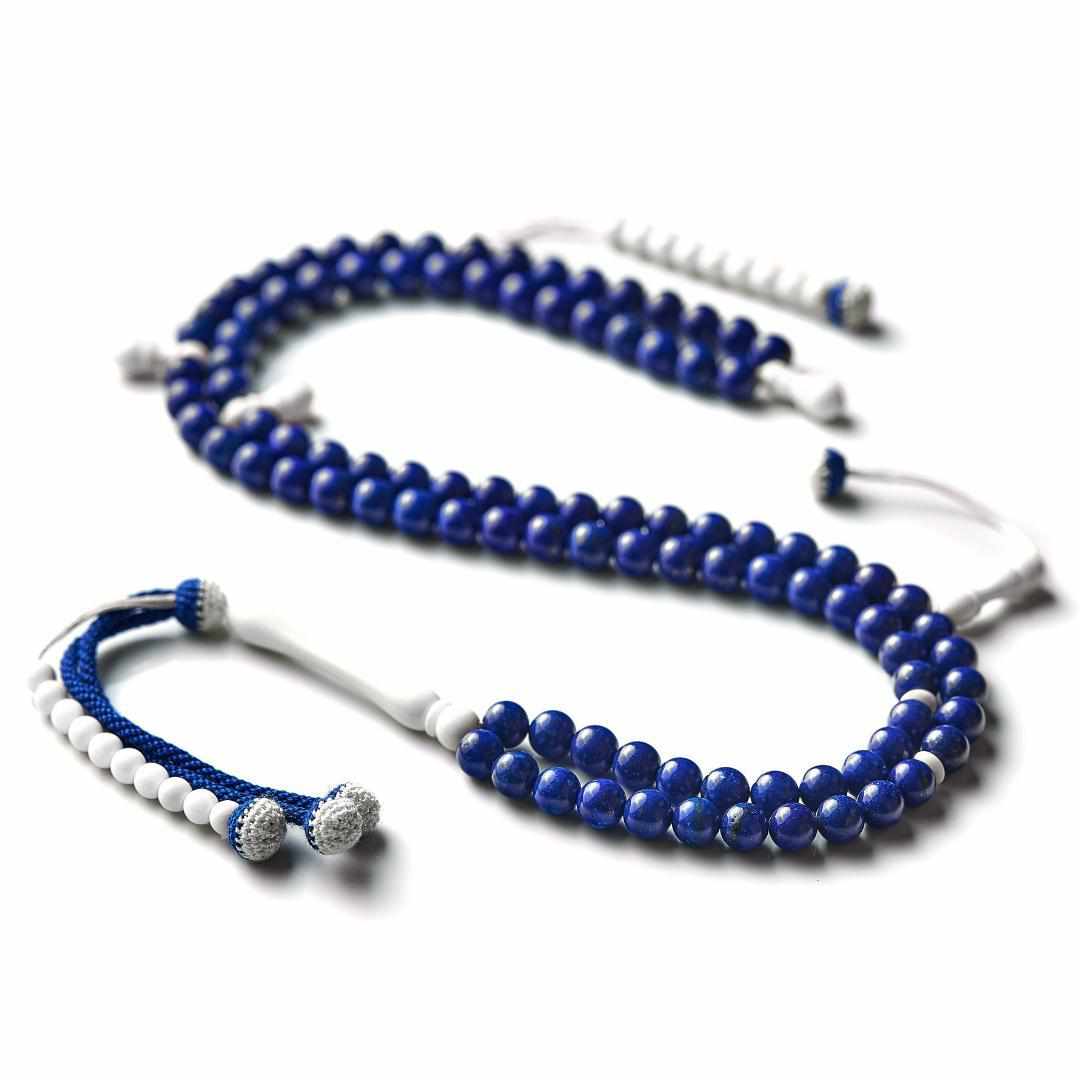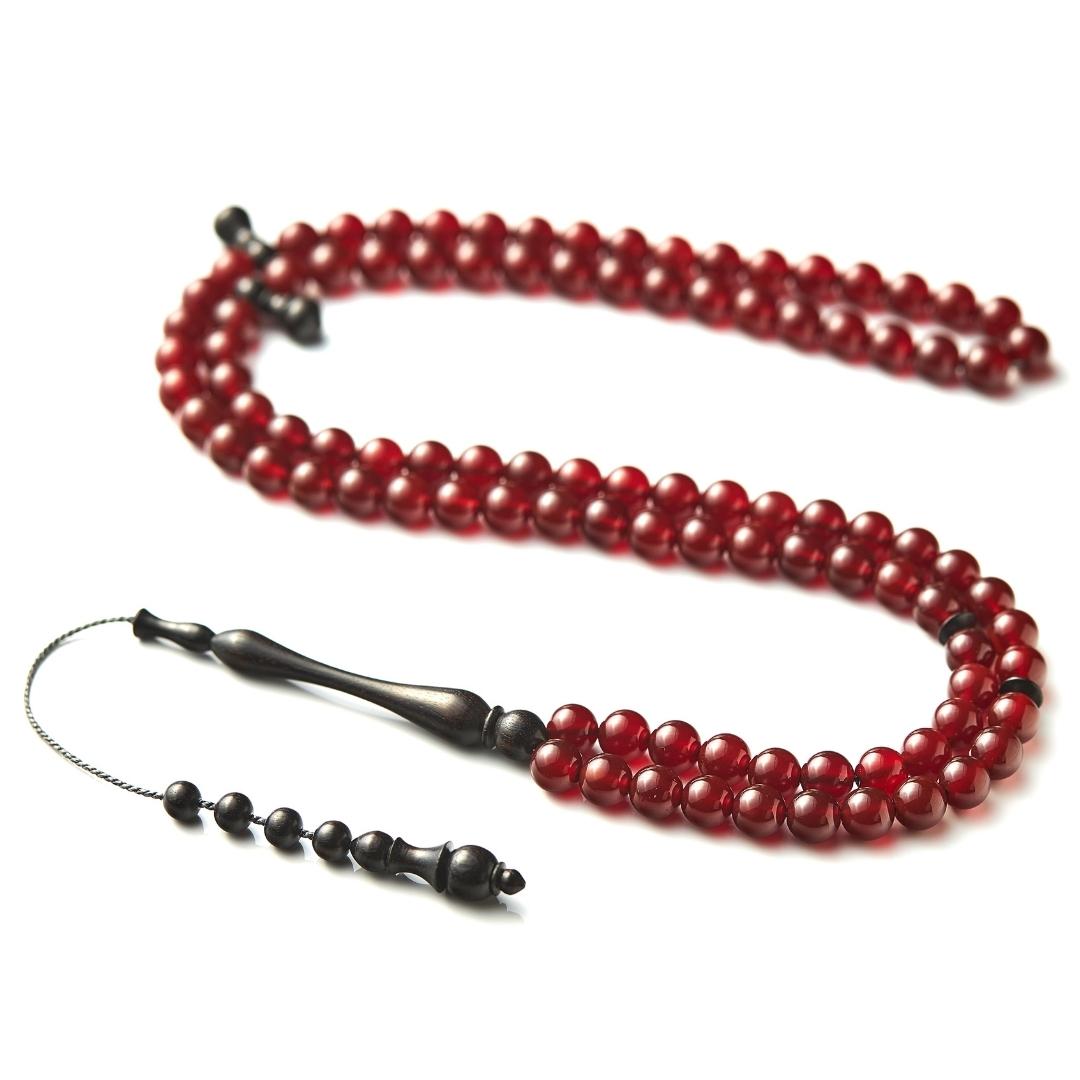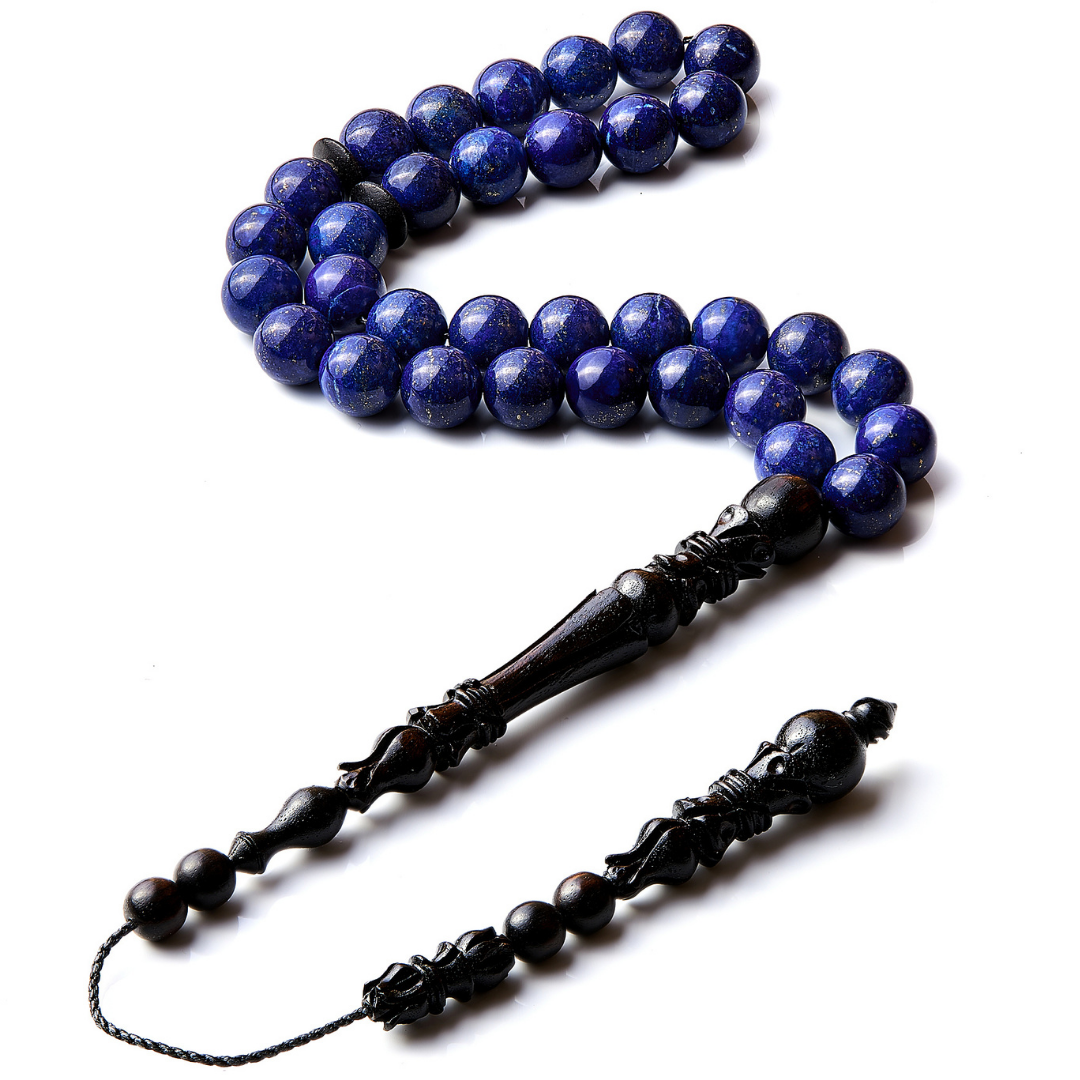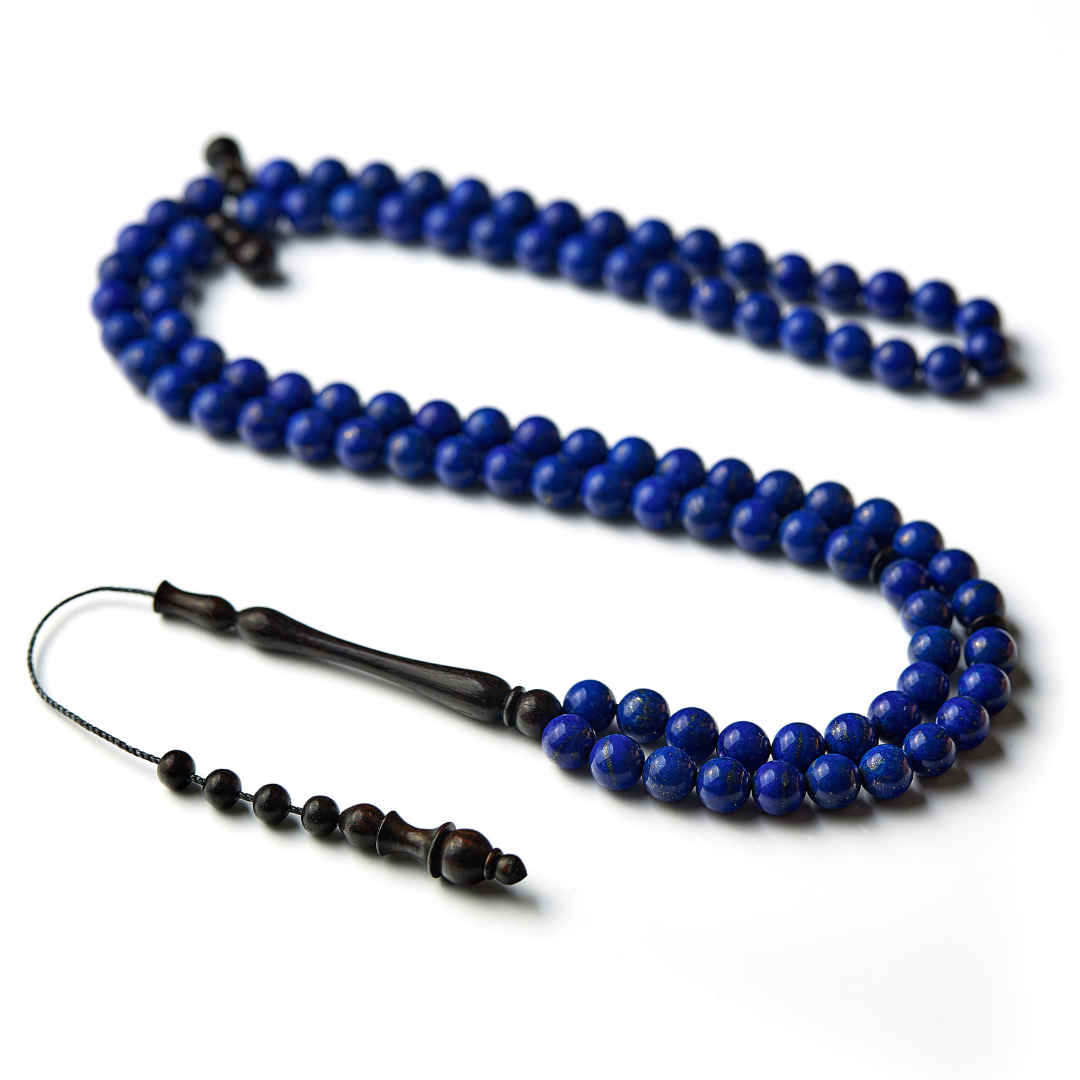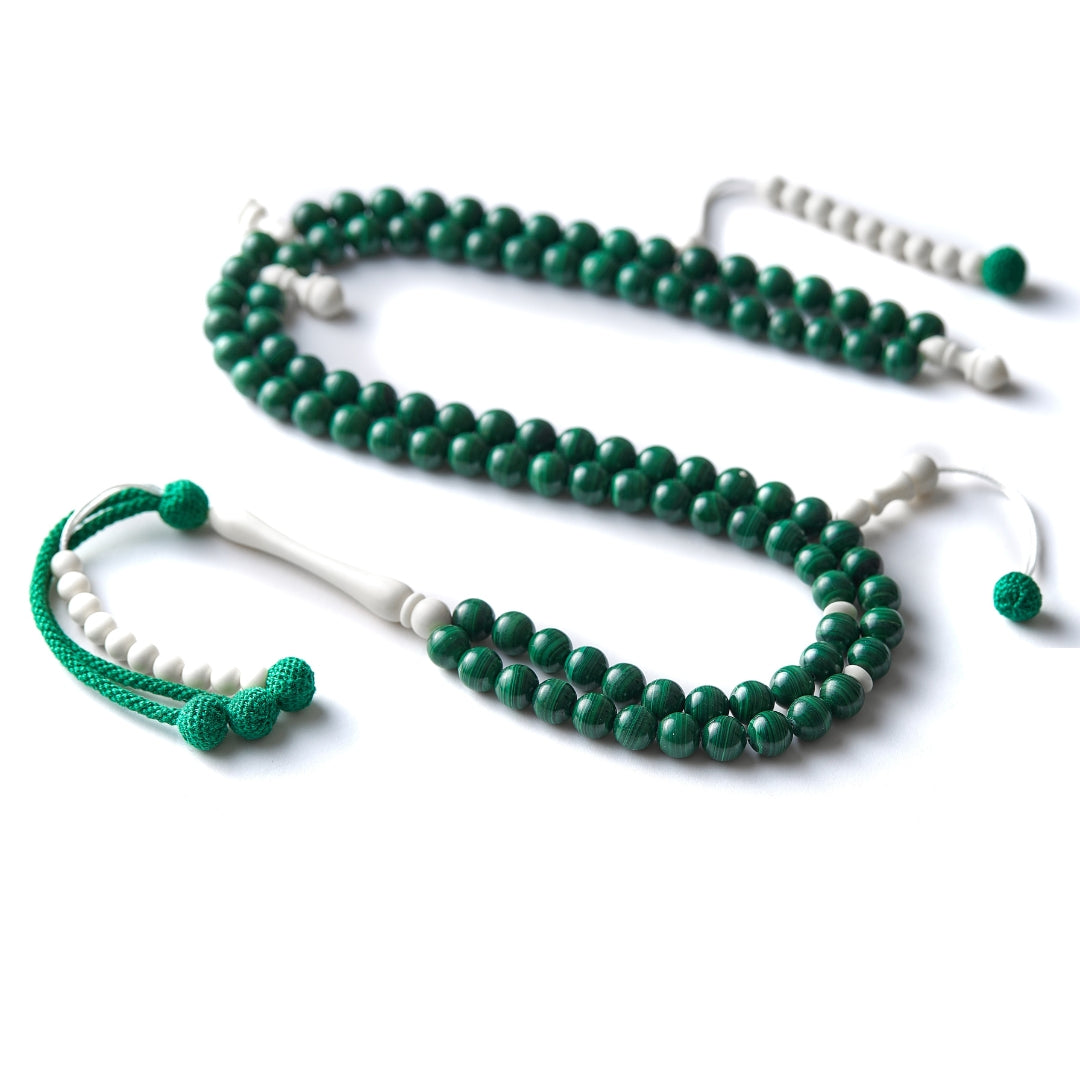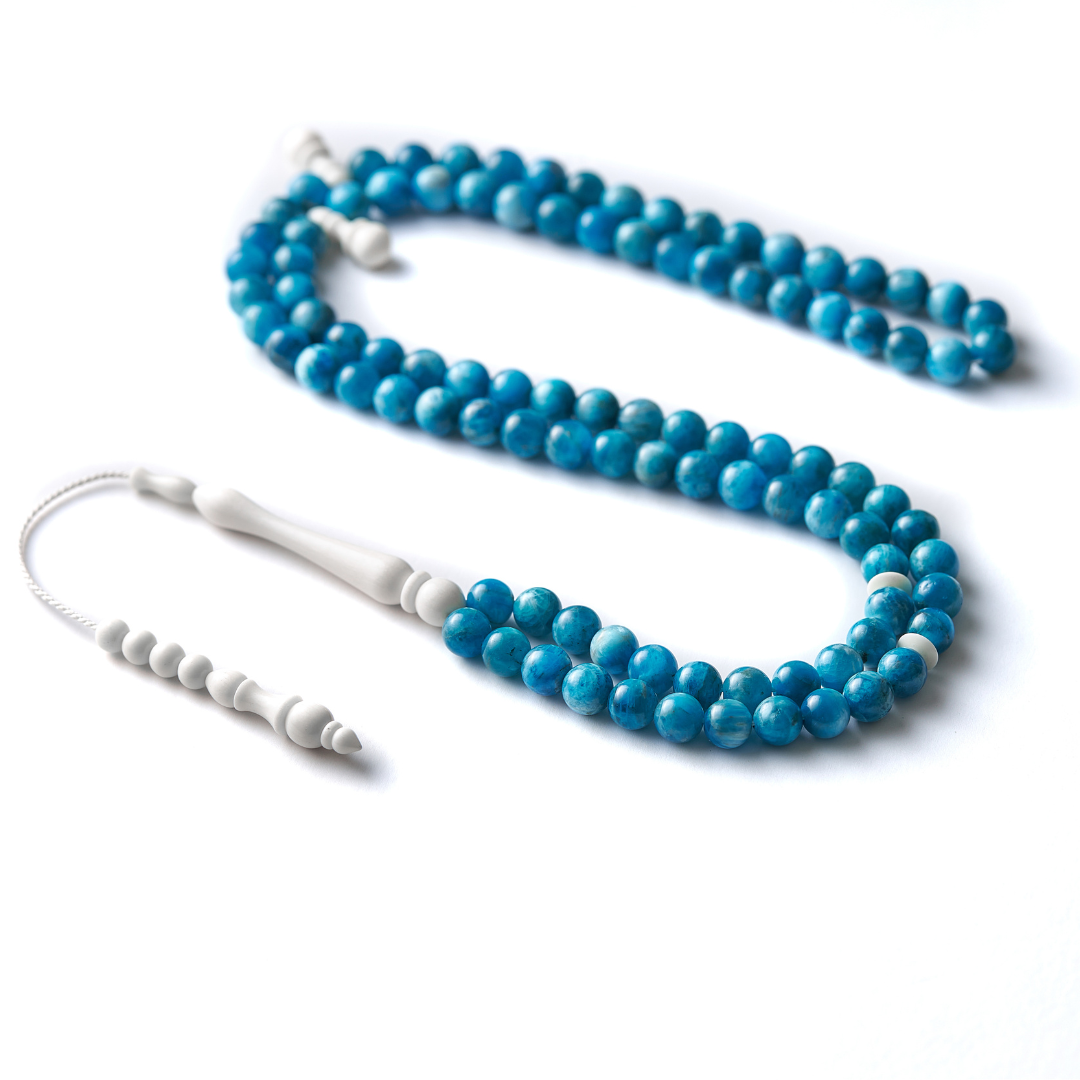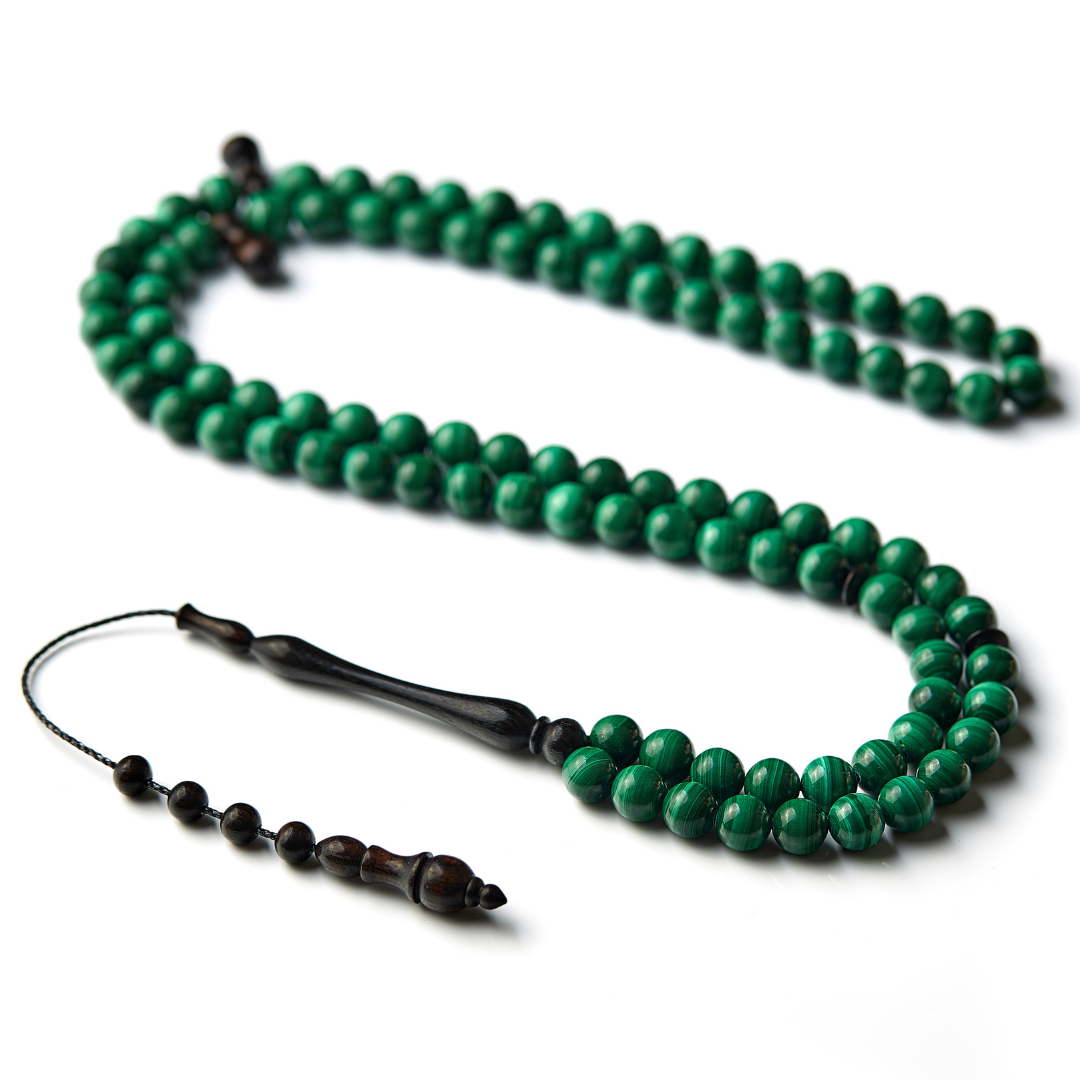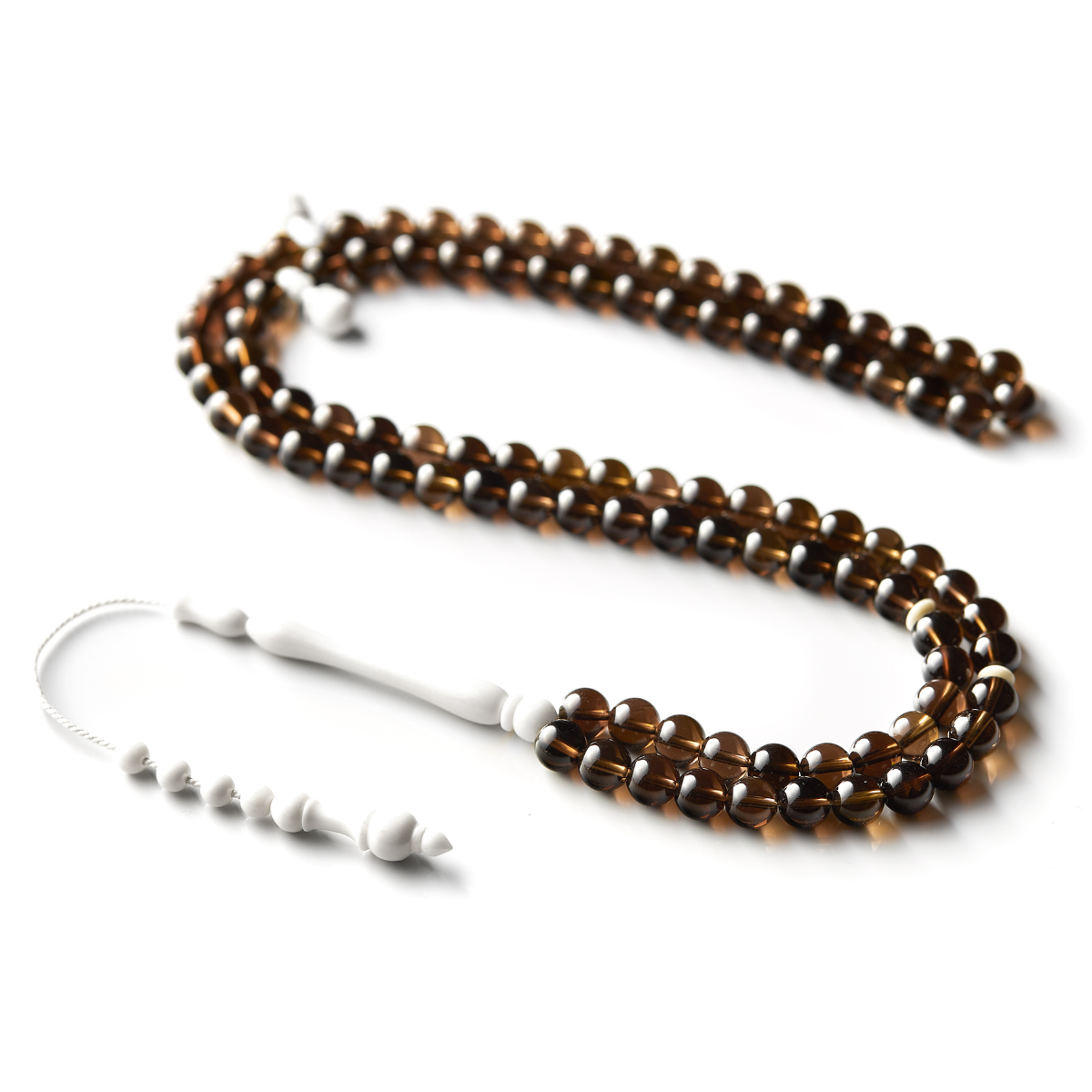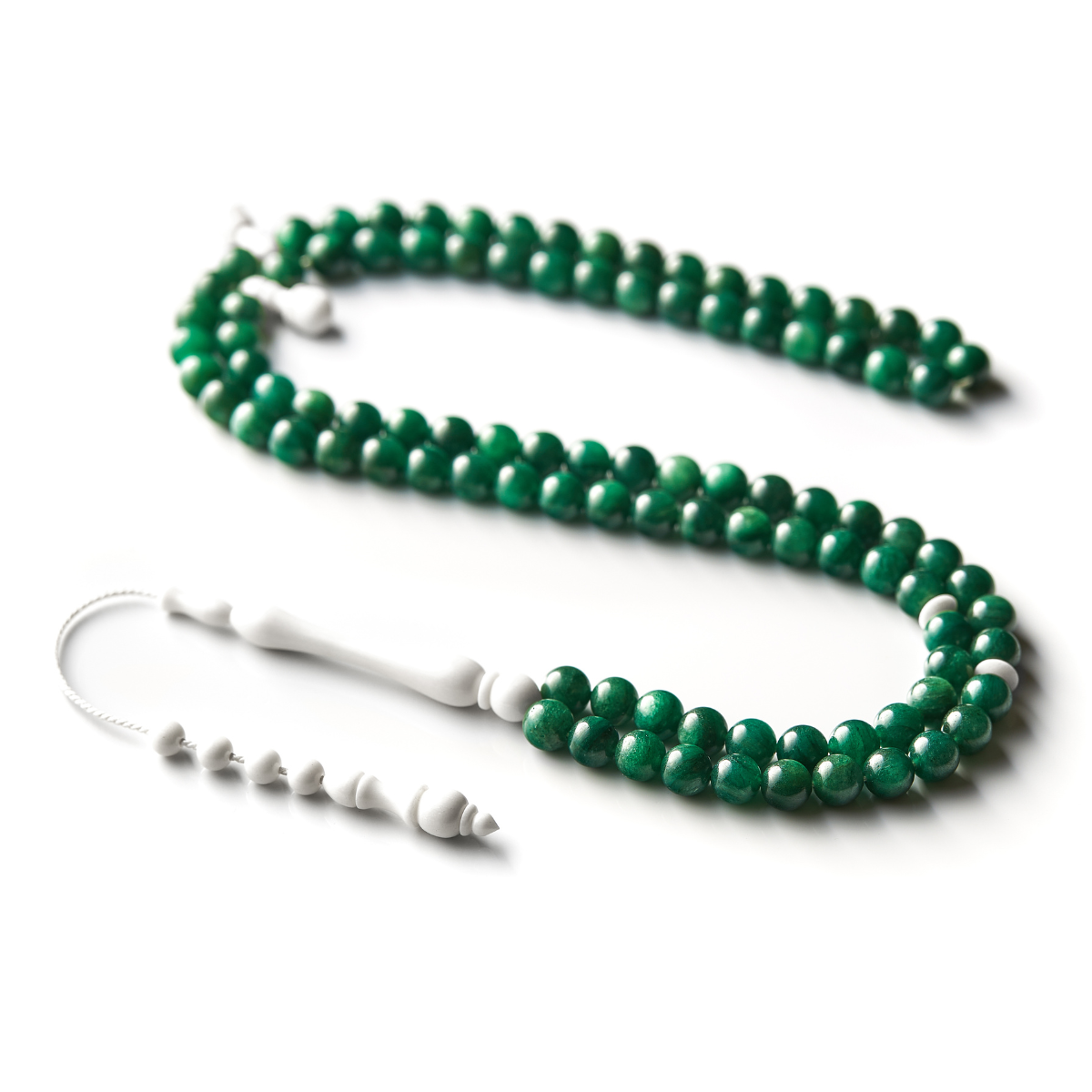Discover the Core: Unraveling the Intricate Elements of Basmala Tasbihs
Ever felt the call of a tasbih in your hands? At Basmala Beads, it's more than beads. It's a journey.
Let's dive into the world of tasbihs. Each bead, a story. Each element, a chapter in history and spirituality.
The Minaret: Your Spiritual Beacon
The minaret. More than a bead. It's the start. The end. In Turkish, the "imam." In Arabic, the "ma’dhana." It's where your journey begins and ends. Each recitation, a dance around this guiding light.
The Fastener: Your Lotus of Harmony
Our Turkish-style tasbihs? They've got the fastener. Like a lotus. It's harmony in your hands. Adjust the beads. Find your flow.
The Markers: Your Milestones of Devotion
Markers, or "alaama." They're your milestones. Grouping beads. Guiding prayers. They're the pause. The reflection. The focus.
The Counter: Counting Your Blessings
In our Africana series, the counter beads stand out. They're your pause button. Counting made easy. Prayer made seamless.
The Tassels: Weaving Stories
Tassels tell tales. In our Africana tasbihs, they speak of West African artistry. Every thread, a piece of heritage. Every charm, a touch of you.
The Beads: Echoes of Numbers
The heart of a tasbih? The beads. 33 or 99, each number holds a universe. They're a spectacle of tradition and design.
The Tablika and End Piece: Crafting Excellence
Our tasbihs? They've got the tablika and end piece. Change your counter beads without a fuss. It's about lasting beauty. About adaptability.
The Thread: Binding Strength
Gone are the days of silk threads. We've got something stronger. A thread that defies time. Resilient. Durable. A promise of a lifetime.
The Li'ba: The Beauty in Details
The li’ba. The imda. Gulf tasbihs wear them like jewels. They're the extra charm. The added elegance.
The Tasbih Bracelet: Tradition Meets Today
Our Tasbih Bracelet? It's a fusion. Minaret, tablika, and three-bead counter. Tradition in a modern wrap.
Join us at Basmala Beads. Each tasbih opens a door. To culture. To spirituality. To artistry.
Your spiritual voyage is waiting. Every bead, a step. Every thread, a bond.
With Basmala Beads, your journey is more than adorned. It's a story. A connection. A celebration.
Ready to explore?
READY TO BE INSPIRED?
BUY ONE GET ONE 50% OFF + FREE SHIPPING

